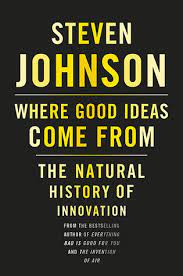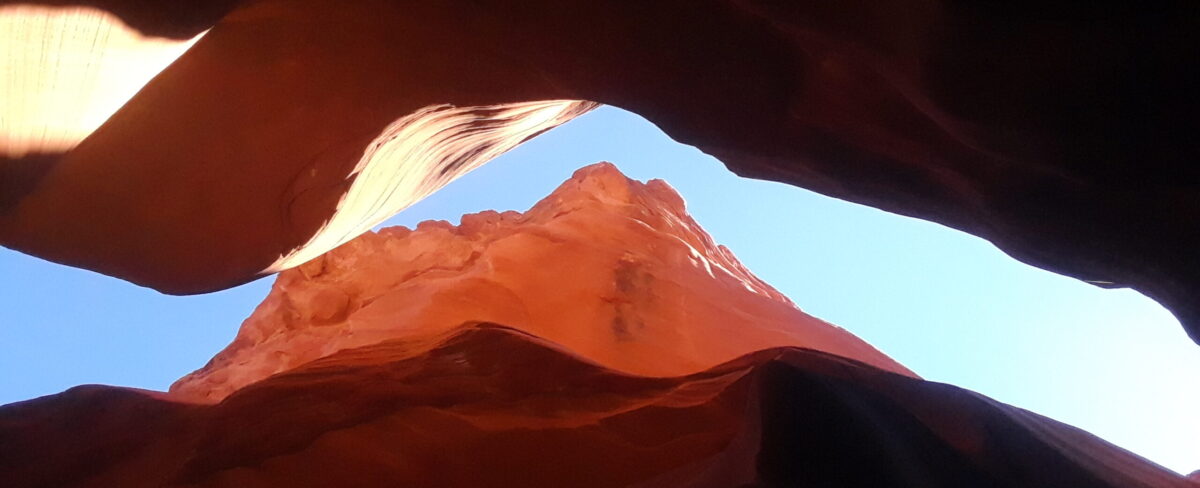Parents, sales reps, truck drivers, pastors, teachers, and nurses are always looking for good ideas. So are writers—ideas for blogs, for plot lines, for characters, for humor, for titles, for openings, for closings. Steven Johnson’s Where Good Ideas Come From, happily enough, offers (wait for it) good ideas on how to find good ideas.
 One common notion he hopes to correct is that ideas mostly come when sitting alone under a tree waiting for an apple to fall on our head. He shows by anecdote and with historical data that more ideas come in collaboration than in isolation.
One common notion he hopes to correct is that ideas mostly come when sitting alone under a tree waiting for an apple to fall on our head. He shows by anecdote and with historical data that more ideas come in collaboration than in isolation.
Generating ideas is a social activity. By this he doesn’t mean the traditional brainstorming session. Rather creativity comes by being connected to multiple people with varied interests in diverse settings. If our interest is biology, we should not just go deeper into botany but dabble in architecture, web design, the arts, and economics which will give us new perspectives for our biological studies.
 In chapter 11 of Write Better I likewise emphasize the importance of expanding our range of interests, experiences, and social connections to enhance creativity. Johnson doubles down on this last dimension. More ideas come in the coffee shop with friends or in the hallway with colleagues than when we are alone, staring at a screen. Thus studies have shown that, on average, large cities are three times more creative than small towns (pp. 10-11).
In chapter 11 of Write Better I likewise emphasize the importance of expanding our range of interests, experiences, and social connections to enhance creativity. Johnson doubles down on this last dimension. More ideas come in the coffee shop with friends or in the hallway with colleagues than when we are alone, staring at a screen. Thus studies have shown that, on average, large cities are three times more creative than small towns (pp. 10-11).
 Johnson also considers two ways ideas arise. One is in the “Eureka moment” that I focus on in Write Better. The second is “the slow hunch” pattern of idea generation. That is, we muse over a puzzling observation for a period of months or even years before a solution emerges in bits and pieces, rather than all at once. In either case, interacting with many different perspectives, subjects, and people is central to the solution.
Johnson also considers two ways ideas arise. One is in the “Eureka moment” that I focus on in Write Better. The second is “the slow hunch” pattern of idea generation. That is, we muse over a puzzling observation for a period of months or even years before a solution emerges in bits and pieces, rather than all at once. In either case, interacting with many different perspectives, subjects, and people is central to the solution.
Looking for good ideas? Read widely, not just in one area. Explore a variety of experiences. And mix it up with friends, colleagues, and other writers. Find people with different interests to see what is exciting them.
Where do your good ideas come from?
Photo credits: Qimono, Pixabay (light bulbs); Pexels, Pixabay (turtle)

One thought on “Where Good Ideas Come From”